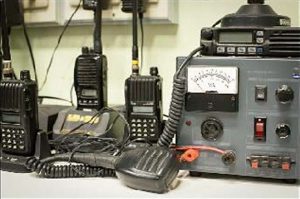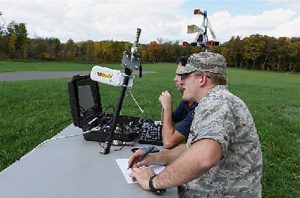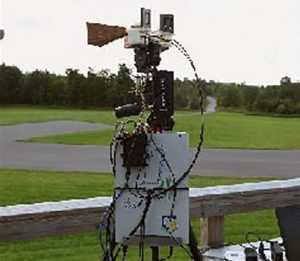SOFTWARE DEFINED RADIO
CONNECTING AT MACHINE SPEEDS
Transformation Driver: DoD Needs Rapid Compatibility and Capability of Radio Communication Technologies
The Department of Defense uses many different methods and technologies to communicate, most of which are not compatible out of the box. An integration process can take months or years to provide for cross-compatibility. The Next Generation Software Defined Radio SDRF++ imagines a change in the communications landscape, using an agile software development process to eventually enable all Warfighters and machines to communicate with each other.
Software is used to enhance traditionally ‘fixed’ utilities into flexible, smart, and adaptive products. As such, radio capabilities can also be greatly enhanced with software.
Legacy Radio Interoperability vs Software Defined Radio
Why a Software Defined Radio?
Warfighters need advanced multi-mission, agile waveform systems developed faster and more affordably to support resilient command, control, communications, computers and intelligence, surveillance, and reconnaissance (C4ISR) and allied interoperability outlined in the 2018 National Defense Strategy. Prior government software defined radio approaches were inflexible, complex, and costly. In contrast, commercial wireless technology surged ahead with affordable innovations due to new mixed-signal Radio Frequency (RF) chips, high speed analog to digital (A/D) and digital to analog (D/A) converters, computer-aided code generation tools, and open source software such as Gnu Radio. These commercial technological developments can be combined with new innovative military designs to accelerate delivery of new mission capability at the pace of need.
Software Defined Radio at AFRL
AFRL is leveraging technology advances in hardware and software to build next generation “SDRF” airborne capabilities for operationally agile systems that are affordable, flexible, and dynamically adaptable to current and future mission needs. Adopting an agile approach to radio development enables new waveform concepts as well as legacy interoperability for dynamic, resilient, and seamless connectivity required in Multi-Domain Command & Control environments. In addition, with the use of software DevOps process for continuous improvement of capabilities, warfighting radio communication devices will be poised to adopt software reliant advances such as artificial intelligence and machine learning.






